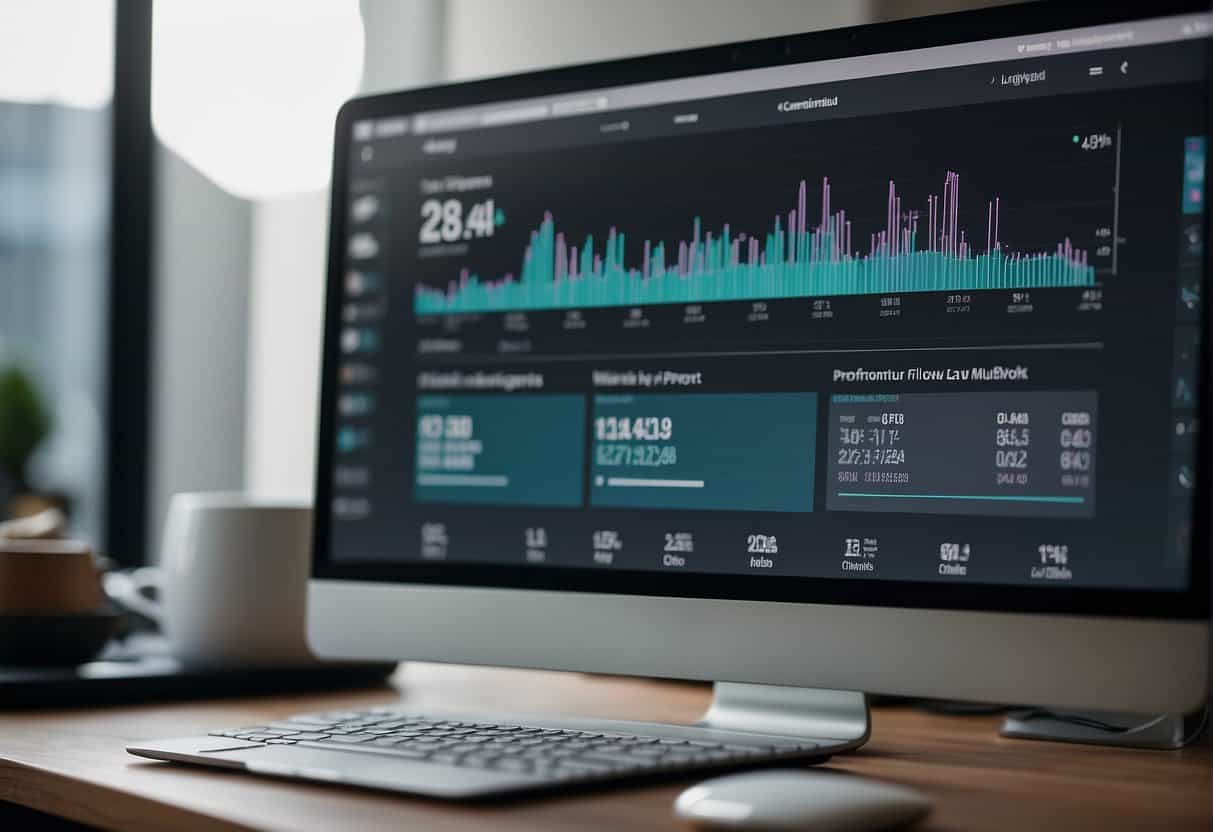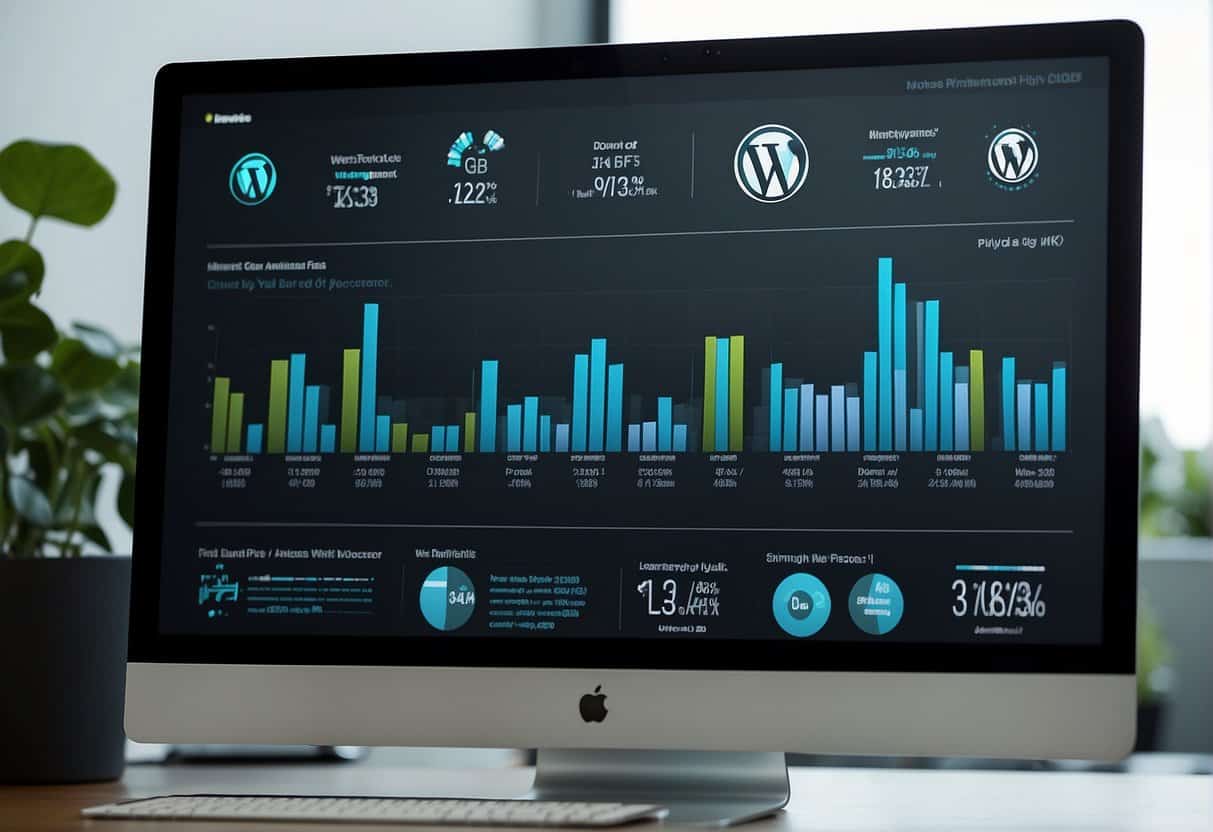Effective communication is the cornerstone of any successful project, especially when your team is not located in the same physical space. In the realm of remote project management, the challenges of coordinating tasks, aligning goals, and maintaining team cohesion are magnified. As you navigate these challenges, it’s crucial to establish robust communication protocols. Utilizing the right communication tools can help bridge the gap between team members dispersed across various locations, ensuring that information is shared efficiently and in a timely manner.
As a project manager, you must be adept in selecting and employing project management tools that facilitate both structured planning and spontaneous collaboration. These tools are designed to optimize workflows, track progress, and store project documentation in accessible, centralized locations. Integrating these resources with communication platforms allows you to streamline interactions and keep everyone on the same page. By doing so, you can foster an environment where collaboration thrives despite the lack of face-to-face interaction.
To maintain high levels of productivity and engagement within remote teams, it’s imperative that communication is not only consistent but also clear and concise. Establishing best practices for how and when to communicate can mitigate misunderstandings and prevent project delays. Encouraging regular check-ins and providing clear guidelines for communication ensures that each team member understands their responsibilities and feels connected to the broader team objectives. This deliberate approach to communication not only supports project success but also sustains team morale in a remote work context.
Fundamentals of Project Management in Remote Teams
Managing remote teams requires a strong grasp of effective communication techniques to ensure project success. Your role in navigating the virtual landscape is crucial for overcoming geographic and temporal barriers.
Defining Effective Communication for Remote Teams
For remote teams, effective communication means clear, concise, and timely exchanges of information via digital channels. Utilize email, instant messaging, and video conferencing tools to facilitate conversations. To reduce misunderstandings, you should establish communication protocols, such as response time expectations and preferred platforms for different types of messages.
- Clarity: Messages should be clear to prevent ambiguity.
- Consistency: Regular updates keep everyone aligned.
- Tools: Leverage platforms like Slack or Microsoft Teams for instant communication, and project management tools such as Asana or Trello to track progress.
Challenges in Remote Work Environments
Remote work presents unique challenges such as time zone differences, cultural variances, and the absence of face-to-face interactions. Recognize that these factors can lead to communication lapses and delayed project delivery. Anticipate these issues and proactively implement solutions like flexible hours and virtual team-building activities.
- Time Zones: Schedule overlapping hours for real-time collaboration.
- Technology Dependence: Ensure all team members have access to and training on necessary tools.
- Isolation: Foster a community environment through regular team engagements.
Role of Project Managers in Virtual Settings
As a remote project manager, your role extends beyond task delegation; you are the linchpin that holds the team together. You must champion the use of remote communication tools and ensure that every team member is heard and understood. Regular one-on-one check-ins and group meetings should be a part of your strategy to maintain team cohesion and track project benchmarks.
- Leadership: Be visible and available to support your team members.
- Empathy: Understand the challenges of remote work and provide personalized support.
- Monitoring: Use management tools to keep track of progress and workload.
Communication Strategies and Tools
Effective project management hinges on robust communication strategies and the adept use of various tools, especially in a remote setting. This necessitates choosing appropriate channels, striking a balance between different types of communication, and integrating project management software to create a seamless flow of information.
Selecting the Right Communication Channels
Your choice of communication channels directly impacts the team’s efficiency. Email remains a staple for detailed, non-urgent communication, while Slack and Microsoft Teams offer immediacy and collaboration through direct messaging and team channels. Video conferencing tools, essential for remote teams, provide a platform for more nuanced, face-to-face interaction which is critical for complex discussions.
- Email: Use for formal, one-to-one or group communications that do not require immediate response.
- Slack/Microsoft Teams: Ideal for quick queries, team collaboration, and immediate feedback.
- Video Conferencing: Best suited for meetings that benefit from visual cues and real-time interaction.
Balancing Synchronous and Asynchronous Communication
To manage a remote team effectively, you must balance synchronous and asynchronous communication. This ensures that immediate tasks are addressed swiftly while also respecting each team member’s time and workload.
- Synchronous: Examples include real-time meetings via video calls or instant messaging when instant feedback is needed.
- Asynchronous: This includes emails and recorded video messages allowing team members to digest and respond at their own pace.
Integration of Project Management Software
Incorporating project management tools like Trello, Asana, or Miro streamline communication and collaboration. They allow you to track tasks, share documents, and manage timelines centrally.
- Trello/Asana: Utilize these for task assignments, progress tracking, and deadline management.
- Miro: Leverage this tool for brainstorming sessions and visual project planning through interactive whiteboards.
Building and Maintaining a Collaborative Team Culture
To manage a remote team effectively, it is crucial to establish a culture that promotes collaboration and fosters a sense of community among team members. Successfully creating this environment hinges on trust, inclusion, and interpersonal connections.
Fostering Trust and Accountability
To build trust within your remote team, establish clear expectations and maintain open lines of communication. Encourage transparency by using project management tools that allow team members to see each other’s progress and responsibilities. This approach not only strengthens trust but also breeds accountability as everyone’s contributions are visible.
- Clear Expectations: Outline roles and responsibilities to prevent confusion.
- Regular Updates: Have team members share progress on tasks to maintain a shared understanding of project status.
Incorporating Team-Building Activities
Integrate regular virtual team-building activities to enhance human connections among your team members. Activities can range from simple icebreakers to more complex problem-solving tasks that require teamwork.
- Icebreakers: Start meetings with quick, fun questions to encourage personal sharing.
- Collaborative Challenges: Engage in online games or activities that require collective effort and problem-solving.
Managing Cultural Diversity and Inclusion
Embrace cultural diversity in your remote team to enhance creativity and innovation. Create an inclusive company culture by celebrating various holidays and encouraging team members to share their own cultural experiences.
- Cultural Celebrations: Recognize and celebrate a variety of cultural holidays within your team.
- Inclusive Policies: Develop guidelines that ensure all team members feel respected and valued.
Optimizing Workflow and Productivity
In managing remote teams, optimizing workflow and productivity hinges on employing effective tools and strategies. Precision in planning and clear communication across various time zones are pivotal to your team’s success.
Implementing Kanban Boards and To-Do Lists
Kanban boards and to-do lists are instrumental in enhancing your team’s workflow. Trello is a popular kanban-based platform that helps you visualize work tasks and their progress. When setting up Trello, create columns that represent different workflow stages, such as “To Do,” “In Progress,” and “Done.” This visual setup allows your team to track progress and manage tasks efficiently. Here’s an example of a simple Trello board setup:
- To Do: List all tasks that need to be started.
- In Progress: Move cards here when work on them begins.
- Review: Place tasks that require checking or feedback.
- Done: Cards for completed tasks.
Additionally, integrating to-do lists within Google Drive can complement Kanban boards, allowing for detailed task breakdowns and easy access to related documents.
Adjusting to Different Time Zones
Time zone differences can disrupt project flow if not managed wisely. To maintain productivity, it’s essential to plan around your team’s various time zones:
- Schedule overlapping work hours for real-time collaboration.
- Use time zone conversion tools to plan meetings.
- Record key meetings for team members who cannot attend due to time zone constraints.
By acknowledging time zone differences and planning accordingly, you ensure no team member is excluded, and workflow continuity is maintained.
Setting Clear Expectations and Milestones
To ensure consistent productivity, setting clear expectations and milestones is crucial:
- Define clear expectations: Each team member should understand their responsibilities and deliverables. Use specific, measurable, attainable, relevant, and time-bound (SMART) criteria to outline expectations.
- Establish milestones: Break down projects into smaller stages with specific deadlines. This enables more focused work and easier tracking.
With these practices, your remote team is better positioned to meet project goals efficiently and with a shared understanding of the workflow.
Long-Term Success and Continuous Improvement
To achieve sustained success in managing remote teams, it’s essential to focus on the long-term by investing in ongoing growth and refining your project management approaches continuously.
Ongoing Training and Career Development
Career development is vital for your team’s motivation and efficiency. Enroll your team members in online leadership training to build their management skills. Provide training that is directly applicable to remote project management software and tools they use daily. This not only keeps skills fresh but also helps in effectively navigating the challenges of remote team management.
Online Training Resources:
-
- Interactive webinars
- E-learning modules
- Virtual workshops
Collecting Feedback and Improving Processes
Regularly gather feedback from your team to identify areas for process improvement. Use surveys or virtual meetings to encourage honest feedback. Then, critically analyze the feedback and implement changes to your remote project management tips and processes.
Feedback Tools:
-
- Online surveys
- Feedback forms
- Real-time collaboration tools
Embracing Flexibility and Work-Life Balance
Promote a culture where flexibility is a standard, not an exception. Ensure your remote team can balance their professional and personal lives to maintain high morale and productivity. This can be facilitated by flexible scheduling and respecting boundaries.
Strategies for Work-Life Balance:
-
- Defined “offline” hours
- Flex-time options
- Asynchronous work allowances







